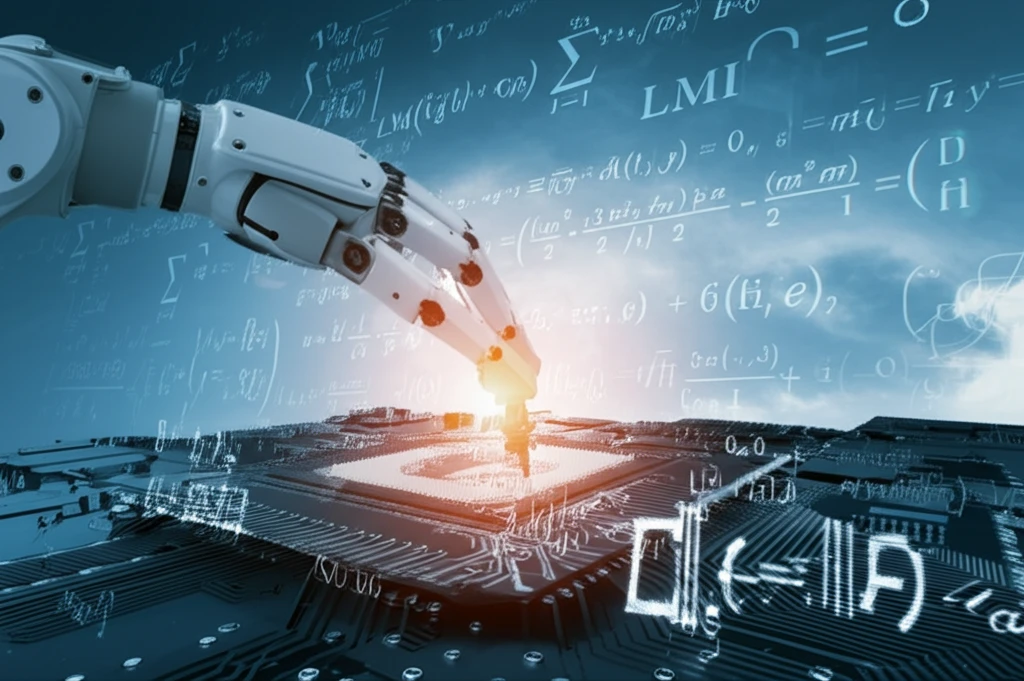
Decoding Dynamic Systems: How Constrained Estimation Can Boost Your Tech
"Unlock precision in machine learning and control systems with constrained maximum likelihood estimation—a guide for tech enthusiasts and professionals."
In today's rapidly advancing technological landscape, the precision and reliability of dynamic systems are more critical than ever. From automated vehicles to sophisticated robotic arms, these systems depend on accurate models that can predict and control their behavior effectively. Maximum likelihood (ML) estimation has long been a cornerstone method for refining these models, but what happens when real-world constraints enter the picture?
Imagine trying to teach a robot to walk without specifying that its feet must remain on the ground. The robot might learn to 'walk' in a way that defies physics, rendering the model useless. This is where constrained maximum likelihood estimation comes into play. By incorporating known limitations—such as stability requirements or physical boundaries—we can steer the model towards more realistic and reliable outcomes.
This article delves into the fascinating world of constrained maximum likelihood estimation for state-space sampled-data models, simplifying complex concepts and showing how they can be applied in practical scenarios. Whether you're a tech professional, a student, or simply a tech enthusiast, understanding these methods can provide a powerful edge in navigating the complexities of modern technology.
The Power of Constraints: Ensuring Stability and Predictability

The Expectation-Maximization (EM) algorithm is a powerful iterative technique used to estimate parameters in complex statistical models, particularly when some data is missing or incomplete. In the context of dynamic systems, the EM algorithm helps refine state-space models by maximizing the likelihood function, which essentially measures how well the model fits the observed data. However, without constraints, this optimization process can sometimes lead to models that, while statistically optimal, don't make sense in the real world.
- Stability: Ensuring that the system remains stable over time, preventing uncontrolled oscillations or divergences.
- Damping Characteristics: Controlling how quickly the system returns to equilibrium after a disturbance, avoiding excessive ringing or overshoot.
- Physical Boundaries: Respecting the maximum allowable values for certain parameters, such as motor torque or actuator range.
- Real-World Relevance: Constraints ensure the model's applicability to real-world conditions.
The Future of Precision: Implications and Applications
Constrained maximum likelihood estimation represents a significant step forward in the development of accurate and reliable models for dynamic systems. By incorporating real-world constraints into the estimation process, we can ensure that the resulting models not only fit the observed data but also adhere to the underlying physics of the system. This approach has broad implications for a wide range of applications, from robotics and aerospace to biomedical engineering and financial modeling.
